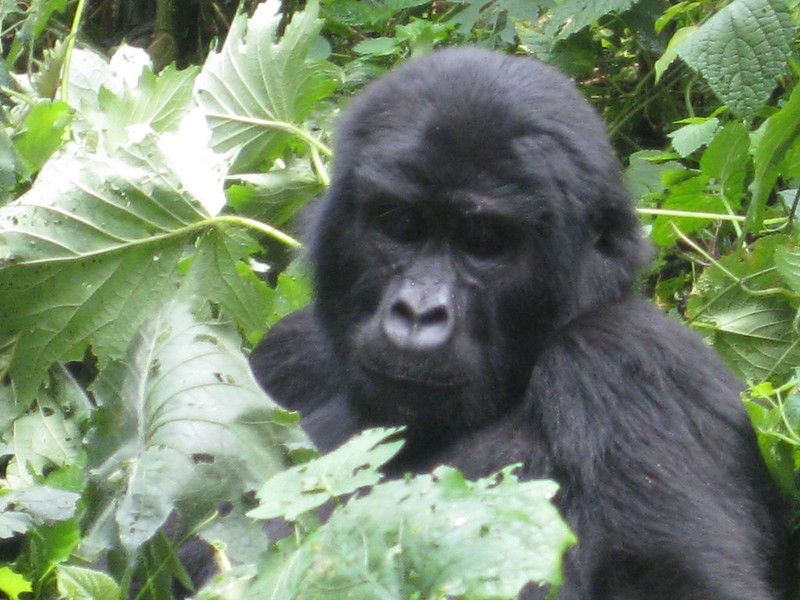Gorilla Conservation.
Conservation of Gorillas: The mountain As of the early 2000s, there were 370 gorillas, making them one of the most successfully conserved species. However, according to the most current census conducted in 2018, there are now 900 species of gorillas living in the region.
Ruhija, Rushaga, Nkuringo, and Buhoma are the park’s four sectors. The silverback male leads the group, which consists of several females and their offspring. Each sector has its own family members.
The park is a rain forest, with bamboo sprouting new growth from nettles and thistles.
The gestation cycle lasts nine months, and the baby is weaned around three to four years of age. Gorillas begin giving birth between the ages of nine and twelve. When the males reach the age of twelve, they will produce the silverback, which, as it ages, defends its family. As the men mature, they are forced out of the family to form other gorilla families.
Uganda protects two populations: the Bwindi Impenetrable National Park and the Virunga Volcanoes.
Ugandan volcanoes are bounded by Rwanda, the Democratic Republic of the Congo, and Uganda.
Research and conservation efforts for mountain gorillas began in the 1970s and 1980s in the DRC and Rwanda’s Virunga and volcanoes.
In the 1980s, it was found that Bwindi Impenetrable Forest National Park served as a home for other endemic and endangered species in addition to mountain gorillas. Taking this information into account, Bwindi was declared a park in 1991. 500 people were counted in the Virunga Volcanoes and 140 in Bwindi during a census conducted in 1960. The number of mountain gorillas in the Virungas has dropped to 230 due to habitat destruction and poaching.
But because to conservation efforts, the number of mountain gorillas rose to 230. There are currently 900 mountain gorillas in Bwindi, bringing the global total to 1000.
The Institute for Tropical Forest Conservation has a lot of support for their research institute at Mbarara University, which conducts studies on the mountain gorillas in Bwindi Impenetrable National Park. Through these studies, many things about the ecologies of the mountain gorillas in Bwindi Impenetrable National Park and the Virunga Volcanoes can be learned.
In addition to supporting community conservation measures, mountain gorillas in both Bwindi National Park and the Virunga volcanoes walked around Bwindi Forest to see how local people and their behaviors had changed.
With significant financial investment, attitudes about the Uganda Wildlife Authority and other parks have significantly improved.
By keeping an eye on the wildlife population in Bwindi Impenetrable National Park, conservation benefits the locals as well, particularly the Batwa, who formerly lived in the forest.

